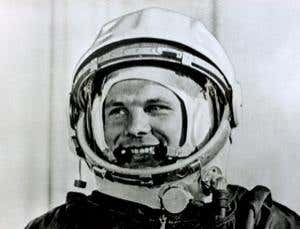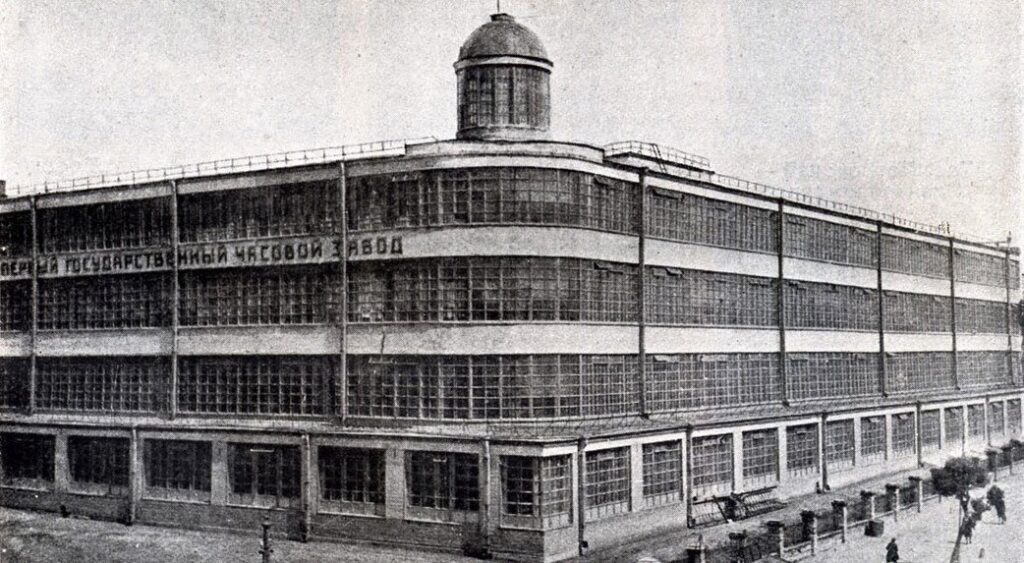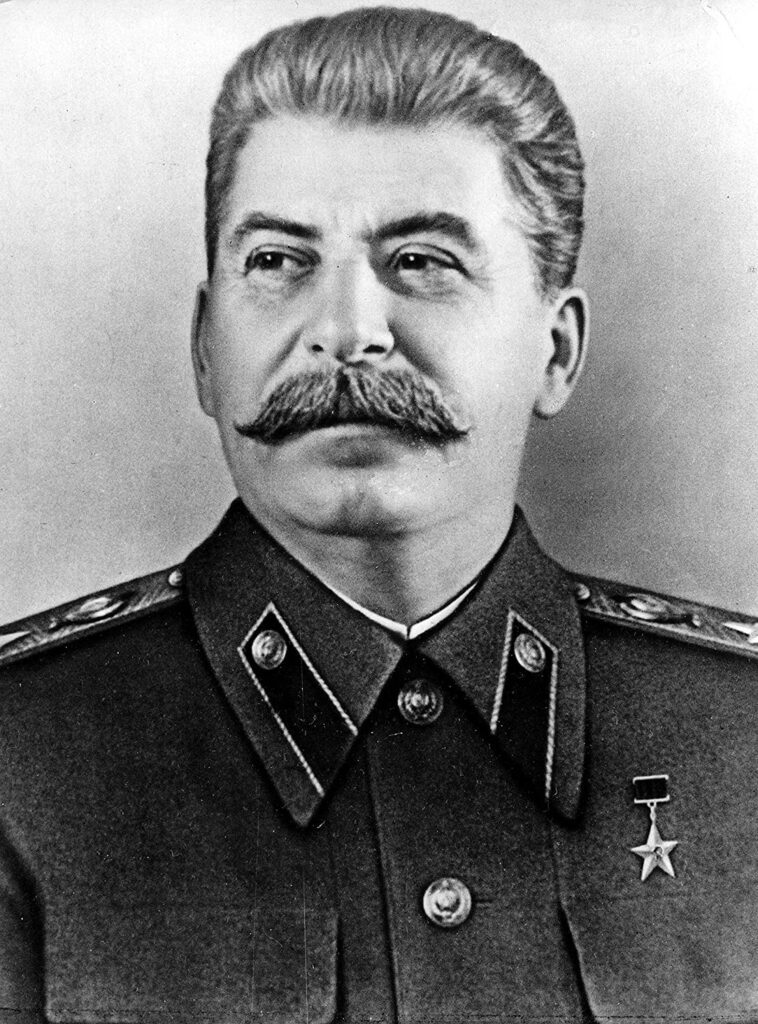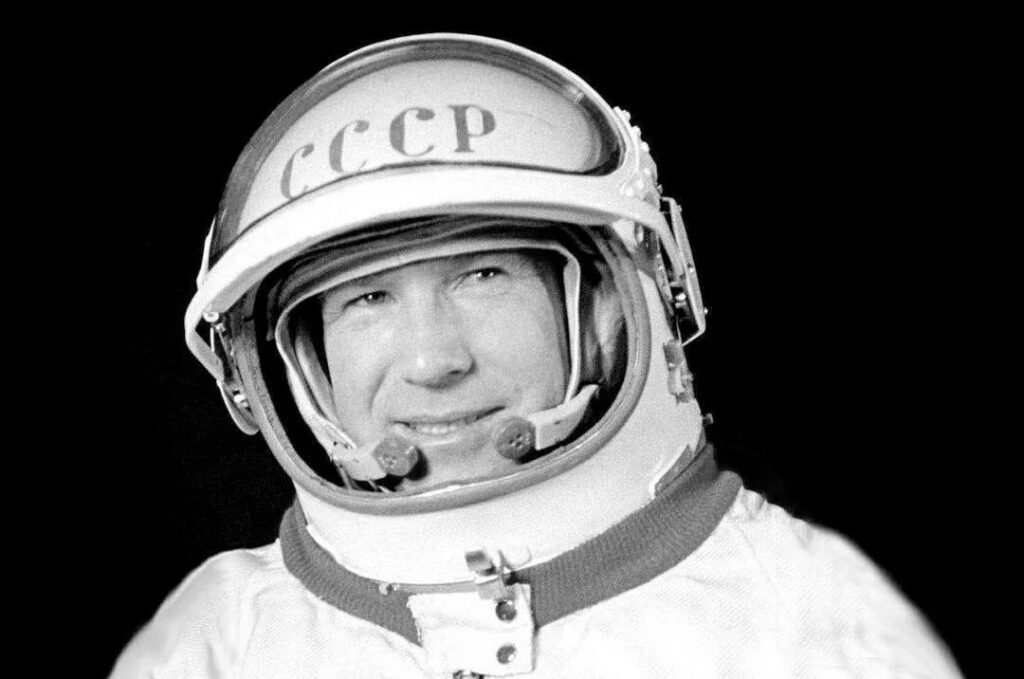The History of The First State Watch Factory
On the 12th of April, 1961, Russian cosmonaut, 27 year old test pilot and industrial technician Yuri Gagarin of the Soviet Union made history when he became the first person in space to orbit the planet making an 108-minute flight in a Soviet Vostok 1 space capsule. The only statement attributed to Gagarin during his one hour and 48 minutes in space was, “Flight is proceeding normally; I am well.” After his historic feat was completed, Gagarin became an instant worldwide celebrity. He was awarded the Order of Lenin and given the Soviet title of Hero. Monuments were raised to him across the Soviet Union and streets renamed in his honor.

What you may not know, however, is that Gagarin’s watch, that he wore, became the first watch in space, at that moment. He wore a Sturmanskie, which translates, in English, to Navigator’s, which he received, in 1957, when he graduated from the Soviet Air Force Flight School .
The story began in 1930, two years after Joseph Stalin implemented his, first of many, five-year plans which was aimed improving agricultural collectivization and industrialization, with the goal of creating a centralized command economy. The plans lead to a few notable successes with chief among them being the First State Watch Factory.
In 1928, the Soviet Union had no watchmakers, and therefore could not begin making watches. In 1929, under orders from Stalin via Amtorg, which was the first trading company of the Soviet Union in the United States, they bought two US watchmaking companies that were going out of business. The Ansonia Clock Company of Brooklyn, New York, and Dueber-Hampden Watch Company of Canton, Ohio, were purchased, in 1929. Amtorg had 21 of their watchmakers and other technicians brought to the USSR, as well as twenty-eight freight cars full of machinery. With relatively modern factory equipment for the time, and professionals to train the Soviets to make watches, their venture began. In 1935, the factory name was chosen as KIROVA, after the recently murdered Soviet politician and Bolshevik revolutionary, Sergei Kirov, and the First State Watch Factory was formed.

Prior to World War II, the Soviet government sought international funding and expertise in the development of a domestic watchmaking industry. Eventually, the French watch manufacturer LIP was chosen. LIP was having financial problems at home, in France, and in 1936, technical director Frédéric Lipmann signed a deal with the USSR for the export of technology, machinery, and parts.
The First State Watch Factory was one of the notable successes of Stalin’s first five-year plan. Things wouldn’t always go so smoothly for soviet watchmaking, however, as the Nazi German invasion of The Soviet Union, under the code name ‘Operation Barbarossa’, started on Sunday, 22 June 1941.
During Operation Barbarossa, the entirety of the First State Watch Factory had to be evacuated. A mandate was ordered with the evacuation of the factory to Zlatoust, a city 1600 kilometers (994 miles) of Moscow. By November 28, 1941, the complete evacuation of the First State Watch Factory was underway. In total some 1260 pieces of equipment were moved, including machinery, materials, assets, and inventory. Together with the equipment, 296 watchmakers and technicians were evacuated to Zlatoust. During the war years, the evacuated plant would be known as Factory 845 and, during the war, focused on munitions and other military devices.

In 1943, when the Soviets were on the offensive, some equipment was transferred back to Moscow from Zlatoust. Shortly thereafter, the production line was reinstated and the factory was reestablished. However, the First State Watch Factory would never resume Type-1 production. Instead, in the mid-1940s, attention was turned to wristwatch production. Engineers were working on the development of a diminutive wristwatch design based on the LIP caliber R-26, the first Lip fully automated machined movement, a former endeavor dating back to 1936, that was disrupted by the war effort. By the first quarter of 1945, in partnership with Penza 3rd State Watch Factory, the First State Watch Factory had already begun production of the Pobeda. In the spring of 1947, at the height of these advances, the factory name was changed to First Moscow Watch Factory.
First production began, of the K-26 prototype, in 1945. Stalin chose the name to be printed on the dial: Pobeda, which translates, in English, to ‘victory’. A nod to The Battle of Berlin, which resulted in the surrender of the German army and the death of Adolph Hitler, during WWII, a resounding victory for the Soviet Union and the Allies. By the 1950s, millions of Pobeda’s had been produced by a total of six factories. As the market shifted, in the 1950s, the factory focused heavily on wristwatch production. This lead to a proliferation of discrete brands, all powered by First Moscow Watch Factory movements. These brands included Antarktida, Kirovskie, Kosmos, Mayak, Moskva, Orbita, Pobeda, Poljus, Rodina, Signal, Sportivnie, Sputnik, Stolichnie, Strela, Sturmanskie, and Vympel.
After Yuri Gagarin became the first person in space, the watches produced by the First Moscow Watch Factory were given the designation ‘Poljot’, translated to English meaning ‘the flight’. The 33mm Sturmanskie, Gagarin wore, had a manual-wind 17-jewel 3-hand movement. His Sturmanskie, which worked flawlessly in space, is currently on display at the Moscow Museum of Cosmonautics.
The Strela brand, which translates, in English, to ‘arrow’, was first released in 1959, developed, in-house, at the First Moscow Watch Factory, using a caliber 3017 19-jewel movement with a beat rate of 18,000 A/h and a power reserve of 34-37 hours. The Strela brand was retired in 1964, when all individual First Moscow Watch Factory brands were consolidated under the Poljot brand, going forward.

March 18, 1965 was another important event for the world as Alexei Leonov, another Soviet cosmonaut, became the first person to conduct a spacewalk, exiting the capsule during the Voskhod-2 mission for 12 minutes and 9 seconds, connected to the craft by a 4.8 meter (16 ft) tether. During that mission, Leonov wore a caliber 3017 Strela chronograph, during the walk itself, which signified the first watch to function in the open cosmos. Leonov received his Strela, in the same way Gagarin received his Sturmanskie, upon graduation from the Soviet Air Force Flight School.
Poljot movement-containing watches would continue to be the cosmonauts’ choice for watches, having been taken into space with cosmonauts from Russia, Czechoslovakia, France, Germany and the Ukraine, as well.
For many years, Poljot movements produced by the First Moscow Watch Factory would continue to be used in many different watch brands, surviving the fall of the Soviet Union in 1992. During the late ’90s, the factory began reproducing many of their most famous models as limited edition commemorative pieces. Replicas were made of the famous 1960s Shturmanskie worn by Yuri Gagarin, the 1940s Kirova pilots chronograph, and the 1970s Okean caliber 3133 chronograph. All of these replicas became collectables.
In the late 2000s, the First Moscow Watch Factory, brand of watches, was bought by Russian investor, Sergey Pugachyov, becoming one of his many luxury group of companies, including Hédiard and the, Luxembourg based, media channel, Luxe TV. The physical remnants of the First Moscow Watch Factory were purchased by a group of former Poljot employees, forming the basis for a new company, Volmax. Initially, Volmax watches were fitted with mechanical calibers from the First Moscow Watch Company. After the bankruptcy, of the First Moscow Watch Factory ,in 2004, calibers for mechanical, non-chronograph watches, were obtained from the Swiss manufacturer ETA, owned by The Swatch Group, and the Russian manufacturer, Vostok. Calibers for chronographs were obtained from, the Russian company, Maktime, which had taken over parts of the production of the Russian chronograph calibers from the former First Moscow Watch Factory.
As of 2012, Volmax, relocated to Porrentruy, Switzerland. Present models from the Volmax company are Swiss-made, using design cues from vintage Russian models.
The whole genre of Soviet horology, including the First Moscow Watch Factory, is truly enormous and its origins are significant in piecing together the grand scope of Joseph Stalin, his 5 year plan and beyond.
Times Ticking has been in operation for more than 30 years, since 1982. We have performed watch repair for customers both locally and internationally. If it Ticks! We KNOW it! Our team of watch repair technicians have a combined experience in watchmaking of over 120 years.

